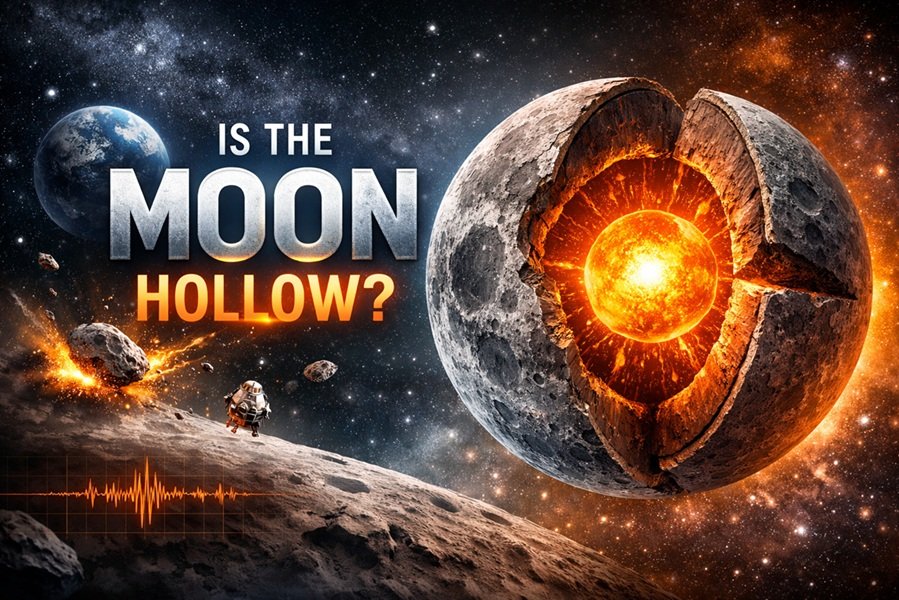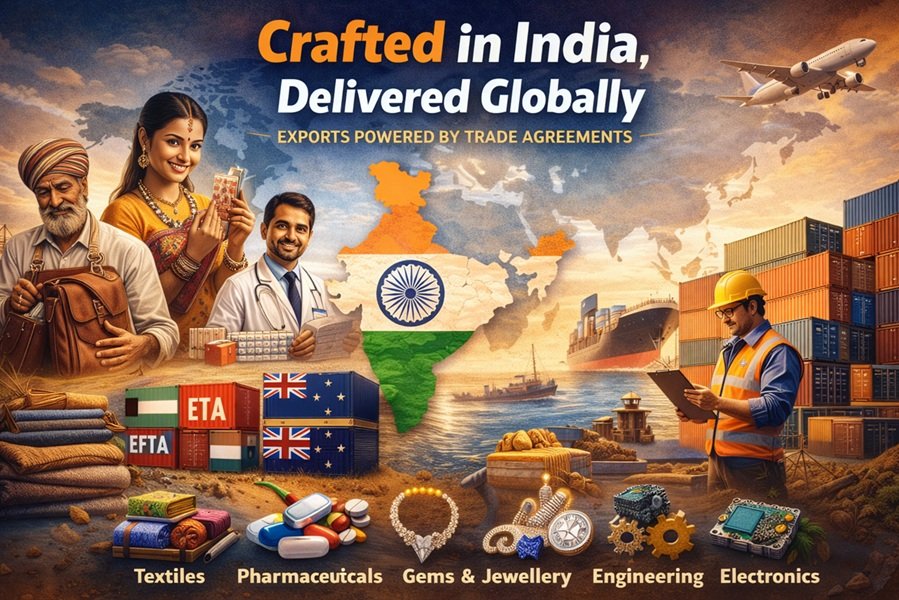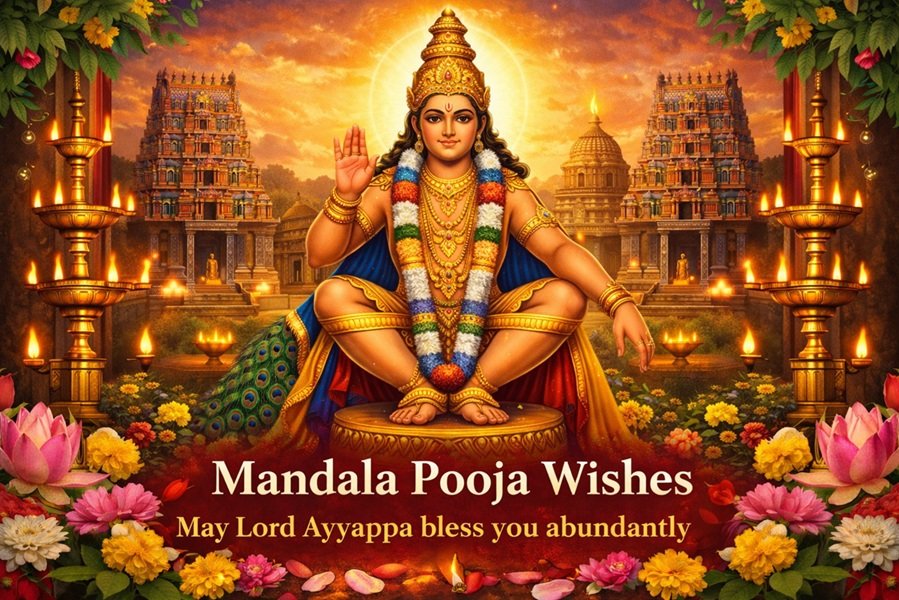
Understanding Temperature Scales and the Curious Case of –40
When discussing temperatures, especially extremely cold ones, confusion often arises over the difference between Celsius (°C) and Fahrenheit (°F). A common question that sparks curiosity is:
Which is colder: –40°C or –40°F?
Surprisingly, the answer is that –40°C and –40°F are the same temperature. Yes, you read that correctly. This is the point at which both temperature scales intersect, making –40 a unique and memorable number in the world of thermodynamics. Let’s delve into the details behind this fascinating intersection and explore how temperature scales work.
Read This: Why Mango Tree Leaves Are Used on Doors During Indian Festivals
A Brief Overview of Temperature Scales
To understand why –40°C equals –40°F, we must first understand the two temperature scales involved.
Celsius (°C)
- Used primarily in most of the world and in scientific communities.
- Based on the freezing (0°C) and boiling points (100°C) of water at standard atmospheric pressure.
- Invented by Anders Celsius in 1742.
Fahrenheit (°F)
- Used mainly in the United States and its territories.
- Based on a more complex scale where:
- Water freezes at 32°F
- Water boils at 212°F
- Developed by Daniel Gabriel Fahrenheit in 1724.
These scales have different zero points and increments, which leads to confusion when comparing values.
The Conversion Formula
To convert temperatures between Celsius and Fahrenheit, the following formulas are used:
- From Celsius to Fahrenheit:

- From Fahrenheit to Celsius:

So, let’s apply the formula to –40°C:

And vice versa:

Hence, –40°C = –40°F.
Why Do These Scales Intersect at –40?
The point of intersection arises naturally from solving the equation where both scales are equal:
C=F
Substitute into the conversion formula:

Solve for F:

So mathematically, –40 is the only temperature where the Celsius and Fahrenheit readings match.
Is –40°C or –40°F Colder in Practice?
Since they are the same temperature, neither is colder. Whether you’re talking in Celsius or Fahrenheit, –40 is extremely cold — the kind of cold that affects machinery, transportation, and human survival.
Real-World Examples of –40°C / –40°F
- Antarctica and Siberia often record temperatures below –40 during winter.
- In Canada, the Yukon and Northwest Territories can also experience –40 during polar vortex conditions.
- Exposed skin can freeze in minutes at this temperature due to wind chill, making proper clothing essential.
Why Understanding Both Scales Matters
- Science and global communication: Most scientific communities use Celsius, but the US uses Fahrenheit, creating potential for misunderstanding in global collaboration.
- Travel and weather: Understanding conversions is vital when traveling between countries that use different temperature scales.
- Safety: Misunderstanding temperatures in extreme conditions could be dangerous, especially in healthcare, cooking, or cold environments.
Fun Fact
The only temperature that is numerically equal in both Fahrenheit and Celsius is –40. No other number matches this property!
Summary Table
| Temperature | Celsius (°C) | Fahrenheit (°F) |
|---|---|---|
| Freezing Point of Water | 0°C | 32°F |
| Boiling Point of Water | 100°C | 212°F |
| Point of Equal Value | –40°C | –40°F |
Quick Reference: Other Interesting Temperature Comparisons
| Celsius (°C) | Fahrenheit (°F) | Feeling/Scenario |
|---|---|---|
| –30°C | –22°F | Arctic Cold |
| –40°C | –40°F | Equally Cold |
| –50°C | –58°F | Extremely Dangerous |
| 0°C | 32°F | Freezing Point |
| 37°C | 98.6°F | Human Body Temp |
| 100°C | 212°F | Boiling Point |
Conclusion
The question “Which is colder: –40°C or –40°F?” has a clear and fascinating answer: they are the same. This rare numerical equivalence between the two major temperature scales is not only a cool math trick, but also a practical piece of knowledge — especially if you’re dealing with weather reports, scientific data, or international collaboration.
Understanding how temperature scales work and where they align deepens our grasp of thermodynamics and fosters better global communication. So next time you hear someone mention –40 in either scale, you’ll know — it’s equally cold, and equally impressive.






